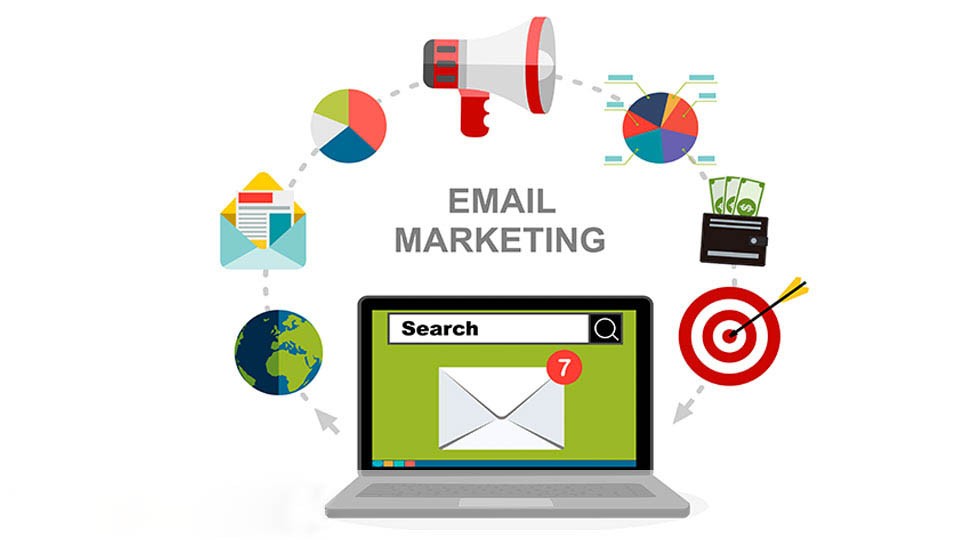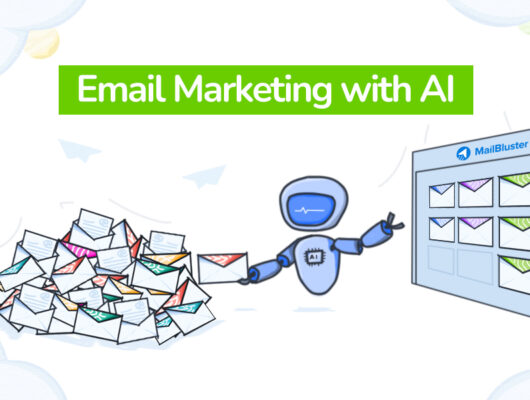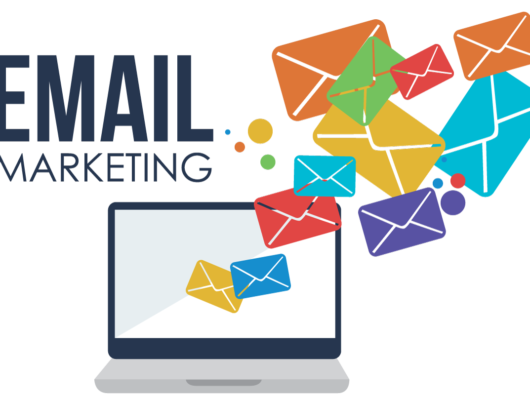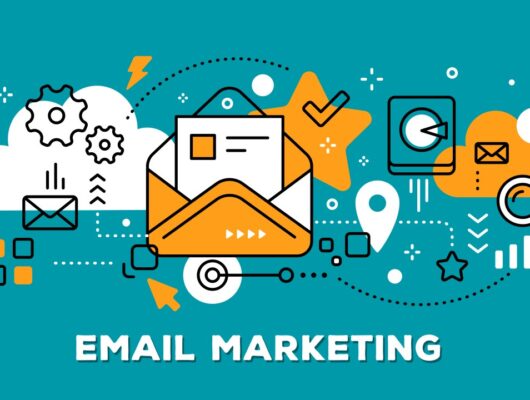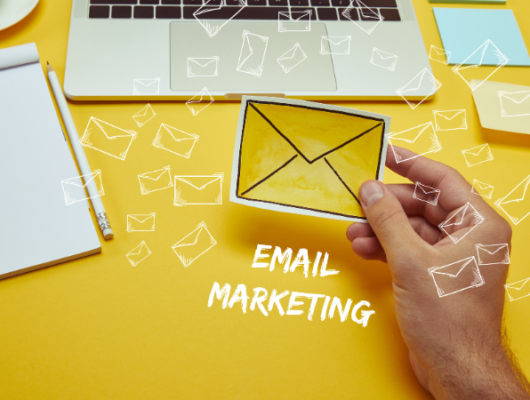Email campaigns are a powerful tool for engaging with your audience and driving conversions. Whether you’re promoting a new product, sharing news, or nurturing customer relationships, each email campaign must be carefully crafted to meet your objectives.
This guide will walk you through the steps to create an email campaign that not only reaches but resonates with your audience.
Planning Your Email Campaign
Define Your Goals
Before you begin, clearly define what you want to achieve with your email campaign. Common goals include driving sales, increasing web traffic, promoting a new product, or improving customer retention. Your goals will guide your content, design, and targeting strategy.
Know Your Audience
Understanding your audience is crucial. Segment your email list based on demographics, past purchase behavior, or engagement level to tailor your messages to different groups.
Choose the Right Type of Campaign
Decide on the type of email that best suits your goals. Options include newsletters, promotional emails, announcements, or event invitations.
Creating the Content
Craft a Compelling Subject Line
The subject line is your first impression. Make it catchy, clear, and concise to encourage opens. Use action words and, if appropriate, personalization to make it more engaging.
Design Your Email
Your email design should align with your brand and be visually appealing. Use a responsive design that works well on both desktop and mobile devices. Ensure that your most important content, like calls to action, is placed prominently.
Write Engaging and Clear Content
Your email content should be engaging and direct. Focus on delivering value to the reader. Include a clear call to action that tells recipients what you want them to do next, whether it’s visiting a website, signing up for a webinar, or using a promo code.
Testing and Optimization
Use A/B Testing
Test different elements of your email, such as the subject line, email design, and calls to action, to see what resonates best with your audience. A/B testing can help you refine your approach and improve your results.
Ensure Deliverability
Before sending your email to the entire list, make sure it is optimized for deliverability. Check for spam triggers, test your email across different email clients, and ensure all links work correctly.
Launching and Monitoring the Campaign
Schedule and Send
Choose the best time to send your emails based on when your audience is most likely to be engaged. This might vary depending on the demographics and behaviors of your recipients.
Monitor the Performance
Once your campaign is live, track its performance using metrics such as open rates, click-through rates, conversion rates, and unsubscribe rates. These metrics will provide insight into how well your campaign is performing and where you can improve.
Post-Campaign Analysis
Analyze the Results
After the campaign concludes, analyze the results in the context of your initial goals. What worked well? What didn’t? Use these insights to improve future campaigns.
Iterate and Improve
Email marketing is an iterative process. Each campaign provides valuable data that you can use to refine your strategy and improve future campaigns.
Conclusion
Creating an effective email campaign requires careful planning, execution, and analysis.
By understanding your audience, crafting engaging content, and continuously optimizing your approach, you can significantly enhance the impact of your email marketing efforts.
Remember, the key to success is delivering the right message to the right people at the right time.


